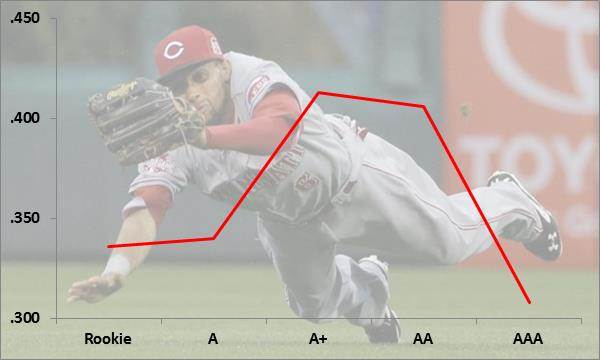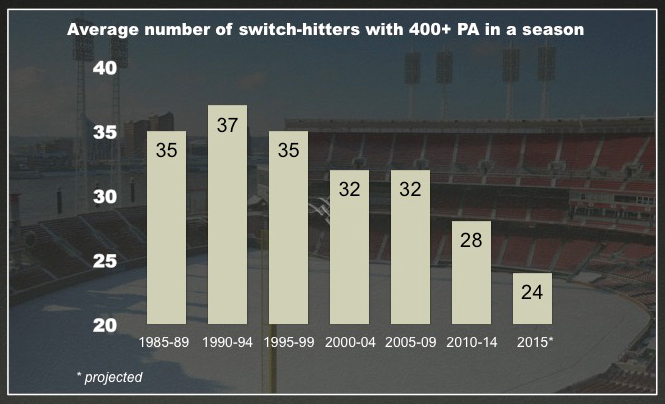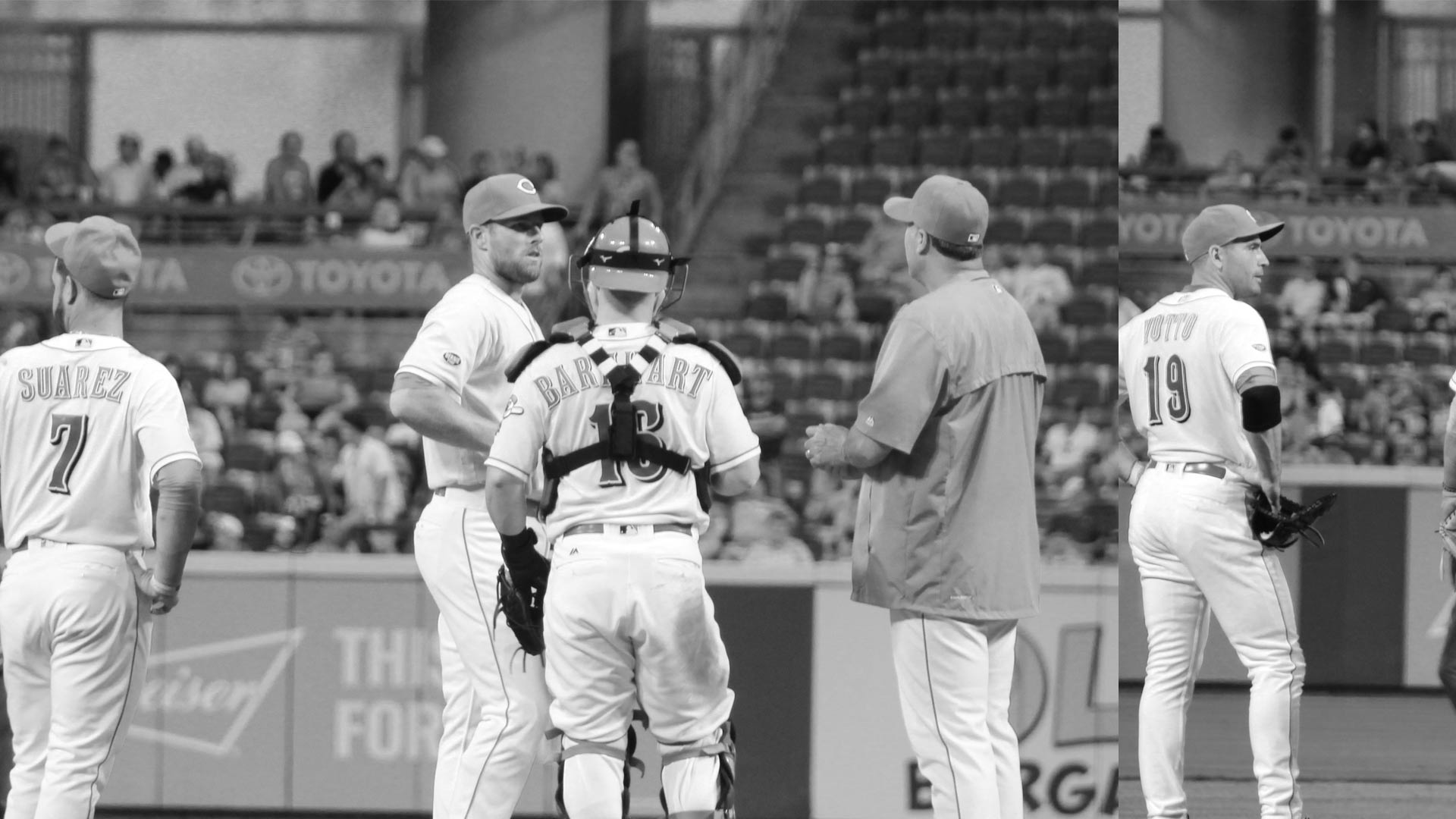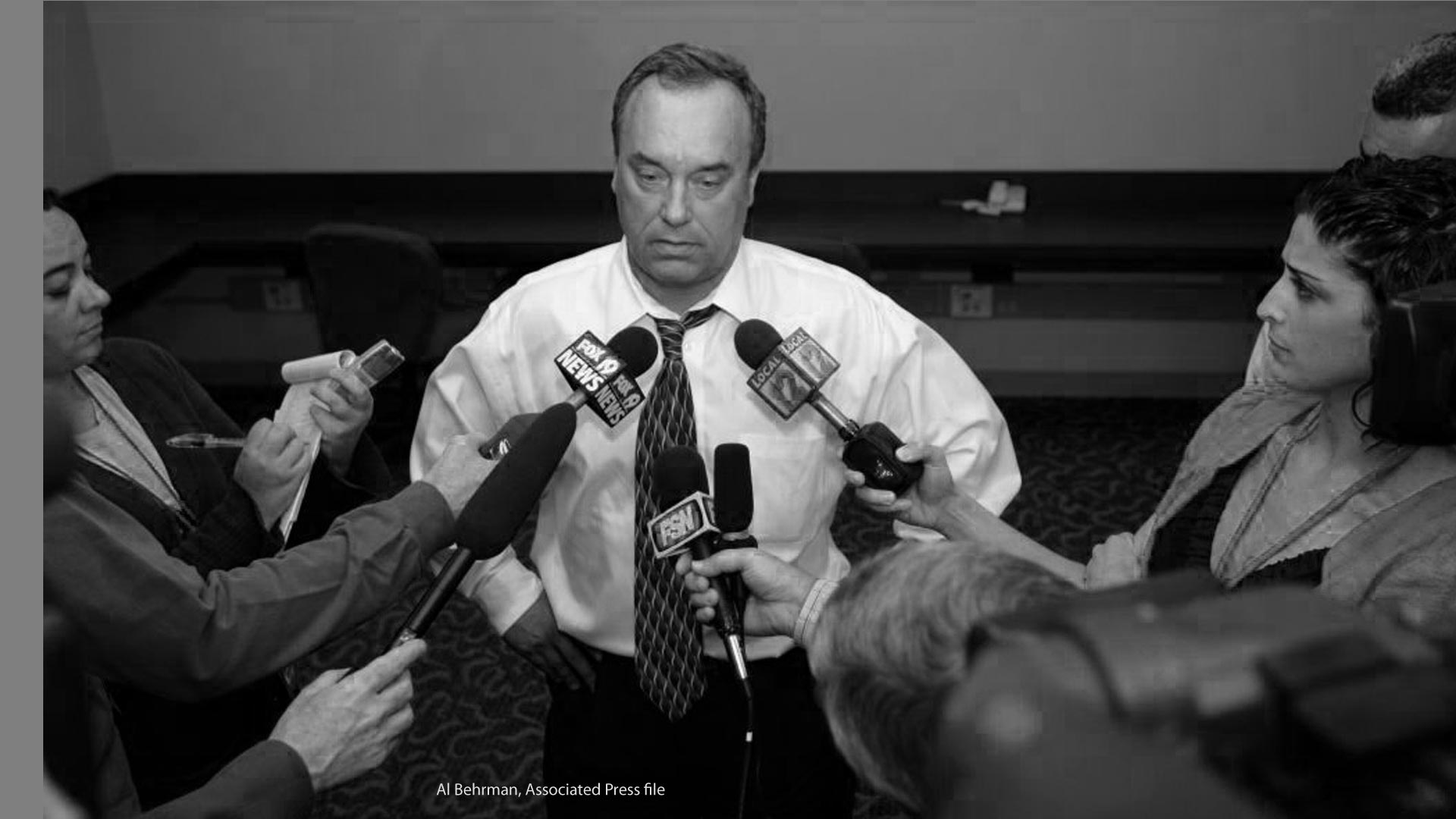A Brief History of Billy
“You cannot predict the future.”
–Stephen Hawking
With apologies to a very smart Dan Szymborski, creator of the ZIPS projection simulator, PECOTA, and the prescient Steamer, conceived literally around the corner from where I once lived on Monroe Place in Brooklyn Heights at the Saint Ann’s School, you are pushing a very heavy rock uphill when you attempt to predict future events. The future is unknowable. This we know. And yet we beat on, bunts against the shift.
Rob Neyer wrote an interesting piece about how the Diamondbacks’ offense has gone from the basement to the penthouse without the requisite influx of impact bats, relying instead on familiar faces to outperform not just the past, but lowered upcoming expectations. He comes to the conclusion that the future is damn hard to predict.
Uh huh.
That won’t stop us from doing it. We’re hell bent. Each and every one of us, human nature being what it is and all. Fantasy baseball drives some of the lure to predict future performance. But at the crux of it, we just have this innate need to guess what’s around the corner, even at the expense of evidence right in front of us. In some cases, precisely because of what’s right in front of us. Hope is a bastard, I’ve heard.
And what is right in front of us now is a Billy Hamilton who hasn’t lived up to our out-sized expectations for him—at least offensively. And that expectation is spelled O-B-P. It’s the missing link that turns Hamilton from little more than a baseball novelty into a dynamic force the game cannot stop talking about.
Through four seasons, from Rookie ball through Double-A, Hamilton was making getting on base look easy. It was a steady climb upward. Then, he arrived in Louisville in 2013 and The Crash happened:
Had Billy simply reached his ceiling at Triple A Louisville? I worried less than some about his .308 OBP on the eve of his debut at Great American Ball Park when I broke it down month by month. He wasn’t bad. He was erratic.
And erratic was understandable. Hamilton was asked to move from shortstop to center field. This was no small adjustment and it not only seemed possible the work to become a viable center fielder was diverting his focus on hitting, it seemed downright obvious.
Billy’s Sensational Small Sample Size September of a major league debut placated some of the concerns while magnifying expectations. Thirteen steals in thirteen games; a .429 OBP; and a whopping wRC+ score of 154 made people wonder out loud if Hamilton could really mitigate the loss of the offensive juggernaut who went by the name Shin-Soo Choo:
The Reds would have loved to have given the Mississippi native more seasoning, but the loss of Choo forced the front office’s hand.
After a dubious beginning to the season beginning Opening Week in 2014, a slate of games that included five against the St. Louis Cardinals, he seemed to find his legs and was putting up solid numbers, becoming the leading candidate for Rookie of the Year before fading down the stretch. It was widely speculated that Billy needed to build some stamina, study major league pitchers’ pick off moves so that his success rate on the base paths would improve—and he would be off and running so to speak. The great thing was that Hamilton was a young player that by all accounts a took instruction well, absorbed information quickly—then applied it.
_____________________
“We now know that every particle has an antiparticle,
with which it can annihilate.”
–A Brief History of Time
2015 hasn’t seen the improvement at the plate many had hoped for Hamilton. The antiparticle to Billy’s feet has been his bat. Thrown together, the quantum sum of these volatile skills threatens—as Stephen Hawking might say—to make his major league career “vanish in a great flash of light.”
Whatever work has been done to improve Billy’s bunting skills and thus, improve his on base percentage, hasn’t been successful. He hits too many balls in the air, which is really bad for a hitter with little power. A quick look at Fangraphs and Brooks Baseball suggest that pitchers aren’t afraid of his bat in the least. That’s made improving his meager walk rate that much more difficult as he’s seeing plenty of offerings in the strike zone as pitchers look in to the catcher and say with a grin “here it is, try and hit it.”
Amid the fun talk about how much better Mike Trout could get, the predominant view seems to be that although he’s only 24, he’s reached his ceiling. He’s played at such an otherworldly level, that like Officer Mayo, he’s got nowhere else to go.
But Hamilton is another story altogether. Billy has plenty of room to grow if he has the talent. He can’t get any faster, but if he can find first base, the sky is the limit. And never forget his age. As Mike Bates (MLB Daily Dish) said the other day:
By all means, let’s write off a 24 year old. Look, Billy Hamilton has had an awful season, but sheesh. He’s a baby. Don’t be an ass.
— Mike Bates (@MikeBatesSBN) August 21, 2015
Bates went on to note several players with more than 500 PAs who performed worse than Billy Hamilton through their age 24 seasons, a list that included: Larry Bowa, Ozzie Smith, Frank White, Dee Gordon, Juan Uribe, Omar Vizquel, Yadier Molina and Clete Boyer.
That’s not to say Bates was particularly optimistic of Hamilton’s chances at dramatic improvement, just that it was way too early to bail on him.
A lot has been asked of Hamilton. Learn a new position. Get up to speed with major league pitching. Develop your base stealing skills. Learn the pick off moves of dozens of pitchers in the NL and AL. Learn the subtleties of the outfields around both leagues. Improve your bunting skills.
And do all of that while hitting from both sides of the plate.
A naturally right-handed hitter, the Reds wanted Hamilton to expand his repertoire, and if getting out of the box to first base a little quicker from the left side meant a few more infield hits—well, all the better.
The problem is switch-hitting, which has always been a tall chore, has gotten even more difficult in today’s game. As you can see from the chart below, it’s resulted in a steady decline in switch-hitting across baseball:
Why? Pitchers and batters have more information and more information has meant more complexity, more to learn. Players today take more swings as they prepare for the day’s game. That’s double the work. Almost all switch-hitters have two different swings, a further complication.
It may be that Hamilton has reached peak overload, resulting in diminished returns. If you are an optimistic Reds fan (and who isn’t :), it’s not out of the realm of possibility that what Billy most needs to do now is simplify the game. Dumping the switch-hitting experiment would be a step in that direction.
Remember, he’s only 24. And when there is young life, there’s hope.










No Comments